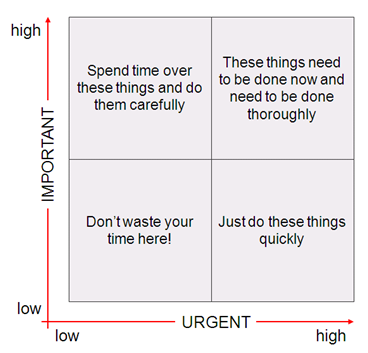
This guide is designed to help you increase your productivity and create a manageable timetable for your studies.
“A goal without a plan is just a wish” – Antoine de saint-Exupery
Undoubtedly studying is the bane of all student school life, requiring extra commitment and dedication outside of lessons.
If students want to achieve high marks, sacrifices are inevitable in order to produce results. But where does it all start? What’s the recipe for a simple, yet effective timetable?
You must plan your time, recording your most urgent deadlines first.
According to the University of Leicester, here are some steps to successful planning:
1. Look ahead
Start by making a list of your major and minor assignments due, your independent studies and projects.
The priority you give to each depends on their deadlines. Major assignments will no doubt be given precedence over smaller assignments. Factor in how long they will take to complete, and how much time you actually have. Be realistic!
2. Making plans

It’s vital that you invest in a calendar or wall chart in order to have a full view of your plans.
“Make filling in your plan an active process. Use colour and image to distinguish between different sorts of activities. For example, fill in deadlines in red, starting points in green. Use exclamation marks as warning signs or question marks to highlight vague commitments.
3. Breaking up time
An effective method of studying that got our Lead Content Developer a place at Oxford University is to break your time into manageable chunks. See the attached downloadable timetable below for a template. By dividing your days into smaller portions of revision, it’s easier to make realistic goals with your studies. Once you map this out, it will show you exactly how much time you have available for all of your commitments
In your timetable, you will need to include:
- Your lessons, tutorials, lectures and,
- Your independent study/ reading/ projects due
- Schedule in contingency time
Every day, review your timetable to make sure you’re on track.
You are less likely to waste time when you know that a task has been assigned to every hour. If you find yourself slacking, actively tick completed tasks to hold yourself accountable.
4. Identify priorities
The simple way to know what really takes priority over other tasks is to use a priority graph. Use the same graph for each individual task, putting a cross where appropriate. There will no doubt be some unappealing tasks that you’d prefer to avoid. Get these done first!

In summary:
- Look ahead! Give yourself an overview of all of your tasks.
- Organise your tasks into manageable chunks
- Categorise your tasks into low to high priority, giving precedence to high priority
- Take regular breaks and recharge yourself
- Reward yourself
- Make sure your environment is not distracting
If, after reading this, you’re looking to boost your grades, don’t miss our post on How To Write The Perfect Assignments.
Free Download below
Don’t forget to download your FREE timetable:

Hi, just wanted to mention, I enjoyed this blog post.
It was helpful. Keep on posting!
Glad you enjoyed it!
This blog was… how do I say it? Relevant!! Finally I have found something that helped
me. Many thanks!